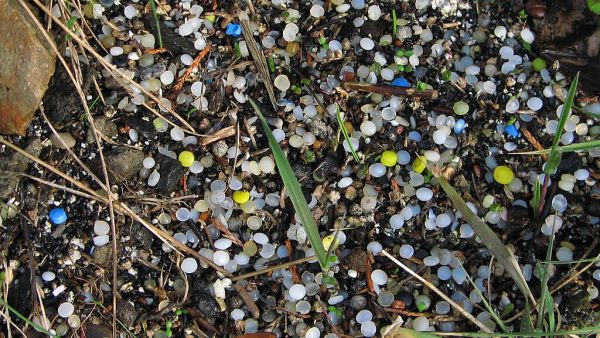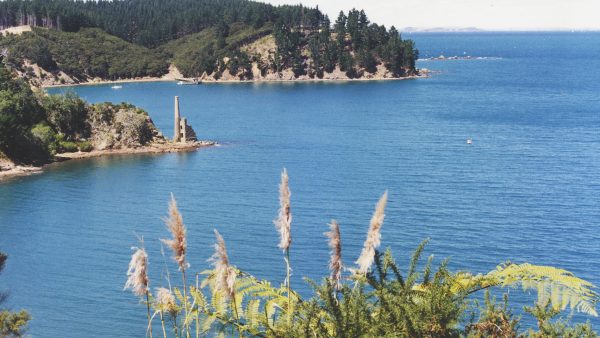Problems with kina are arising across the north east. Photo / Paul Caiger
In a move to tackle the worsening kina barrens along the northeastern coast of the North Island, Oceans and Fisheries Minister Shane Jones has announced an increase in the recreational daily catch limit for kina.
Starting 1 August 2024, fishers in the Auckland East Fisheries management area can harvest up to 150 kina per day, three times the current limit. The reforms also include a new special permit for the targeted removal of kina, available from today.
Kina barrens are areas of rocky reef where overpopulation of kina and long-spined sea urchins have decimated healthy kelp forests, creating a barren environment that negatively impacts other marine life.
The new measures aim to involve communities in combating kina barrens. Jones stated, “Increasing the recreational daily catch limit to 150 and approving a new special permit will enable communities to help tackle this issue.”
The special permits, available for applications starting today, will empower individuals and organizations to harvest, cull, or relocate kina, contributing to habitat restoration. Applicants must provide evidence of current or potential kina barrens in their area to qualify for the permit, which is valid across New Zealand.
“These measures won’t fix kina barrens immediately, or on their own, but they will give people more tools to take on kina barrens in their rohe and greater ownership over the health of their coastline,” Jones acknowledged.
The initiative extends along the North Island’s east coast from North Cape in Northland to Cape Runaway in the Bay of Plenty, including Great Barrier. Minister Jones also emphasized the importance of expanding scientific research on the issue.
“This is not the end of the work I will do on kina barrens and I have directed my officials to expand our scientific knowledge of the problem and investigate further options for dealing with it,” he said.
Jones also expressed gratitude to those who have engaged in discussions and provided feedback.
“I’d like to acknowledge everyone who took the time to provide feedback on these measures” he said.
“I’m confident that together we can tackle kina barrens and restore our coasts with healthy kelp forests that support biodiversity and thriving kaimoana,” Jones concluded.






